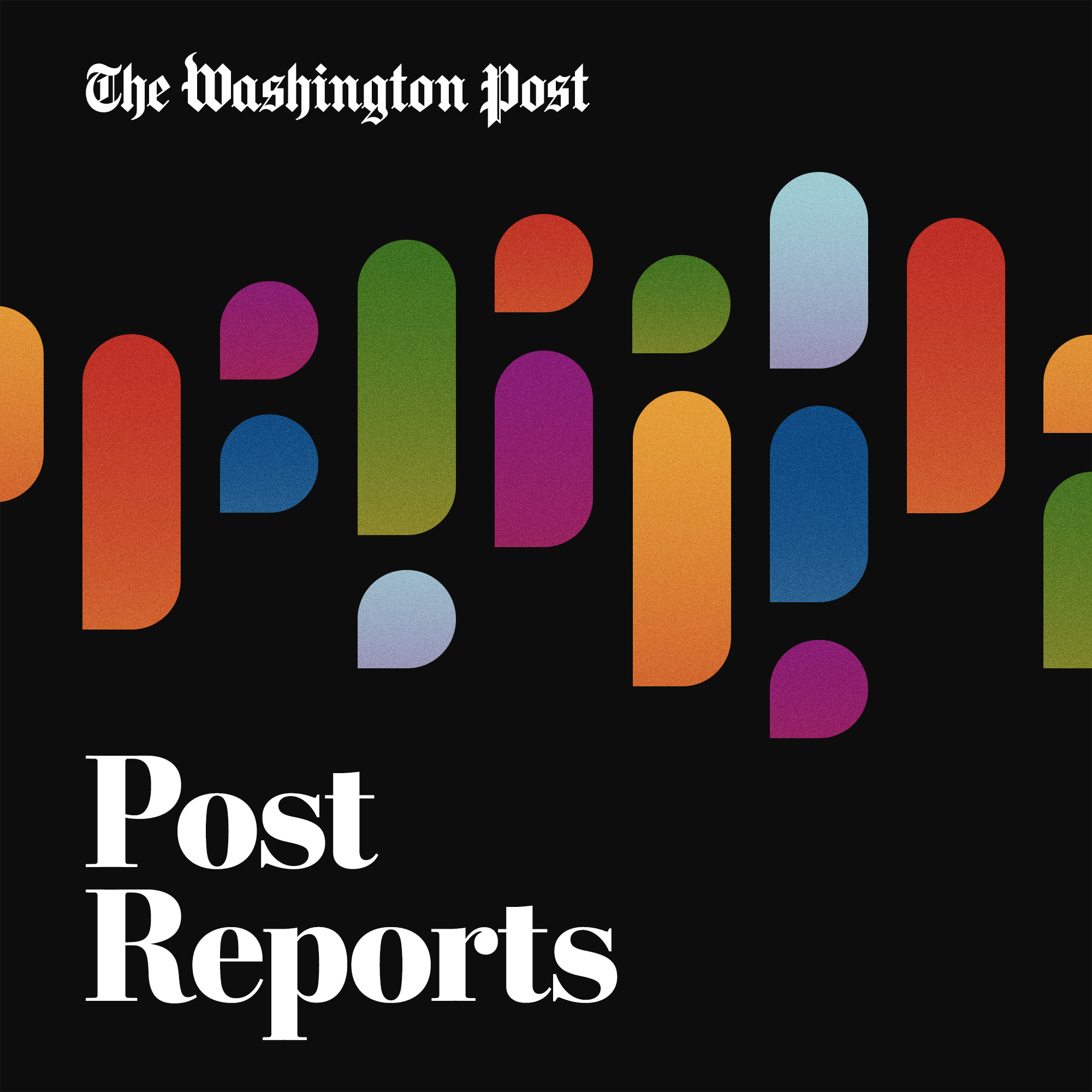The warring leaders pushing Sudan to the brink

A violent showdown between Sudan\u2019s two most powerful leaders has brought a new level of instability to the region. Today on \u201cPost Reports,\u201d a look at how the country went from hopes of democracy just a few years ago to being on the cusp of civil war.
The conflict between the country\u2019s main military and paramilitary leaders \u2013 boiled over on Saturday, rocking the country\u2019s capital and catching civilians, aid workers and international residents in the crossfire.
\u201cThe scale of the violence and how quickly it broke out caught people by surprise,\u201d Katharine Houreld, The Post\u2019s East Africa bureau chief, tells \u201cPost Reports.\u201d \u201cAnd that\u2019s meant millions of people have been trapped not just in the capital, but in cities all over Sudan.\u201d
Sudan is the third-largest country in Africa, home to 46 million people. For decades, it has faced an uphill battle in its quest for peace and democracy.
In 2019, the country\u2019s longtime ruler, Omar al-Bashir, was ousted. An interim joint civilian-military government was formed, with the aim of transitioning to a democracy over time. But in the fall of 2021, the country\u2019s military chief, Abdel Fattah al-Burhan, took over the government in another coup, in an uncomfortable alliance with the paramilitary head, Mohamed Hamdan Dagalo.
Now their infighting and escalating violence is raising worries that such volatility could spread throughout the horn of Africa.
\u201cThere's a lot at stake in this conflict,\u201d Houreld says.
Read more:
Generals\u2019 war chests have fueled fighting in Sudan.
Sudan\u2019s neighbors fear spillover as death toll from clashes nears 200.
Civilian toll rises in Sudan as military, rivals fight for control.
Veterans of violence, Sudan\u2019s weary doctors brave another crisis.